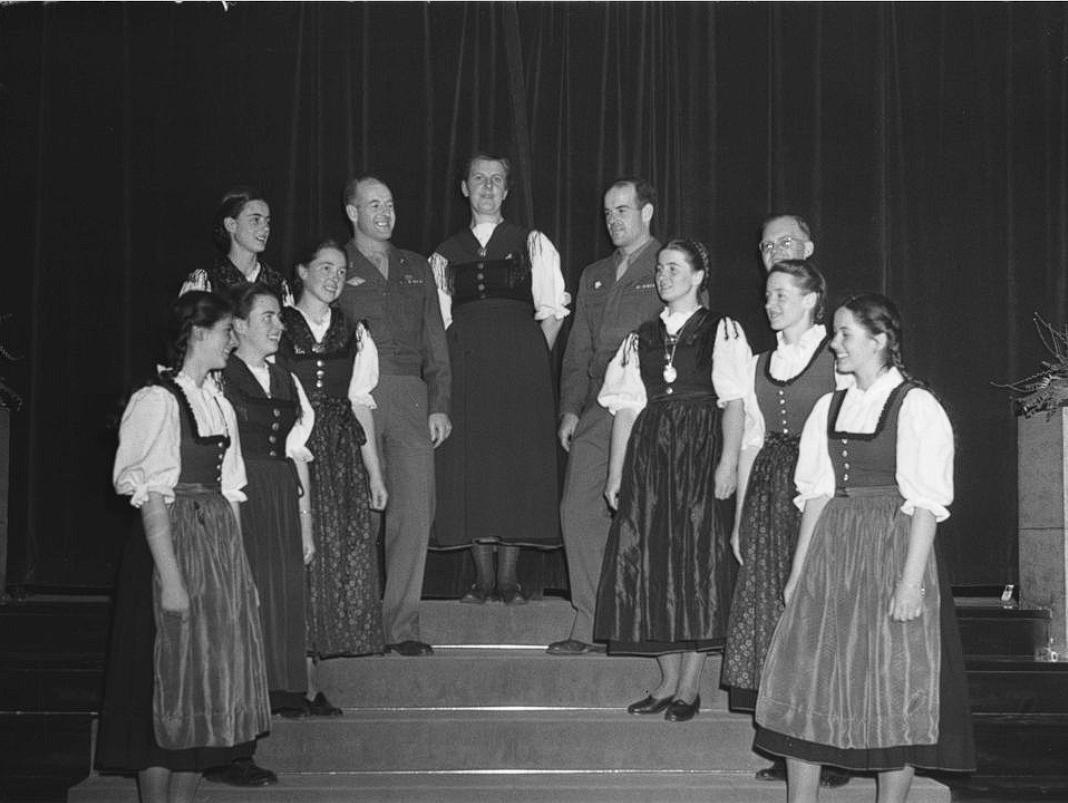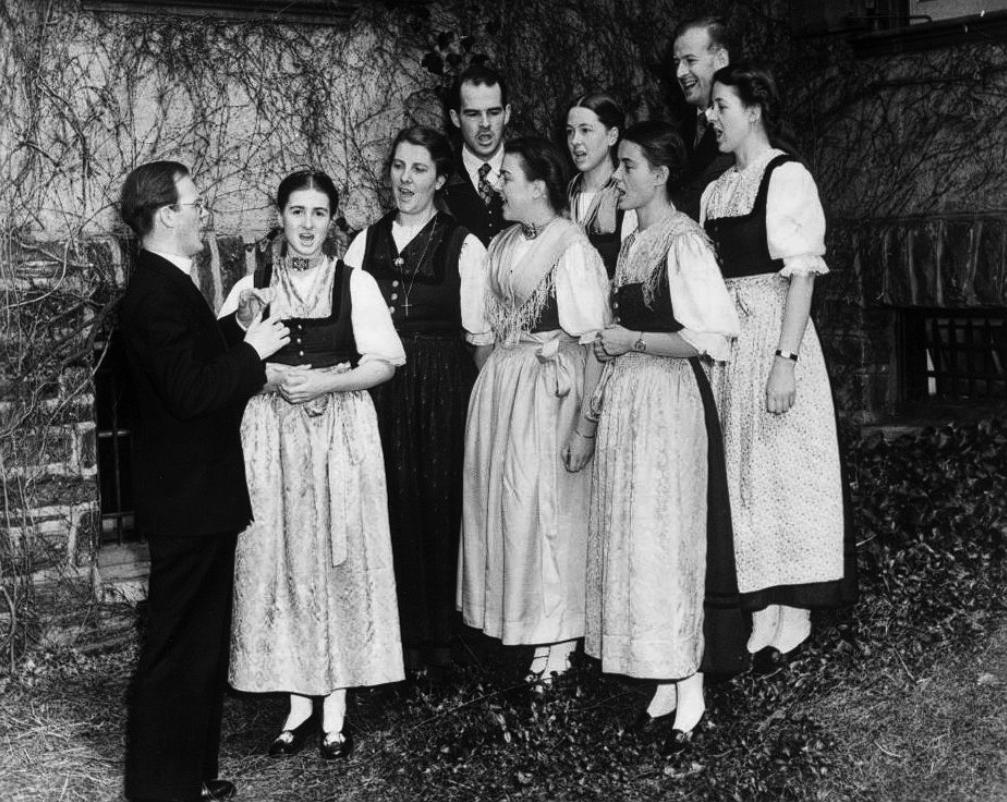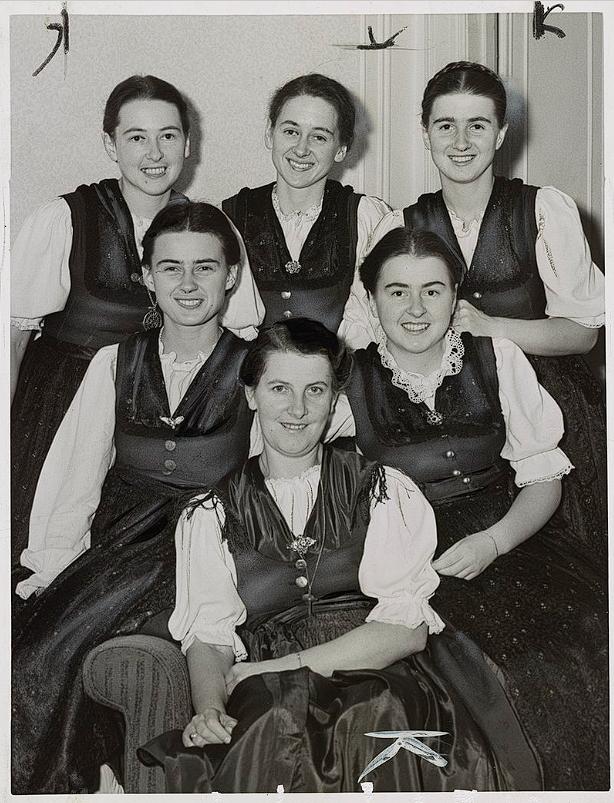Beyond the Hills Are Alive: The Real Story of the von Trapp Family
Long before their story was immortalized on stage and screen, the von Trapp family was a real-life Austrian musical group, born not from fiction but from courage, conviction, and a profound love for music. While The Sound of Music captured the world’s heart, the truth behind the legendary family is even more compelling—rooted in history, faith, and a daring escape from tyranny.

It all began in early 20th-century Austria, in a grand villa near Salzburg, where Georg von Trapp, a decorated naval captain of the Austro-Hungarian Empire, lived with his seven children. After the death of his wife, Georg ran his household with the same strict discipline he had known in the navy—until music, and love, softened the walls around him.
From Tragedy to Harmony
Enter Maria Kutschera, a young novice from a nearby abbey, who came not to be a governess to all the children but to tutor just one—a daughter recovering from scarlet fever. But soon, Maria’s presence—bright, passionate, and musical—began to change the household. Her joy brought singing back into the lives of the children, and eventually into Georg’s heart. In 1927, Maria and Georg married, and the von Trapp family began to grow—not just in size, but in harmony.
As they began singing together at home, their talents did not go unnoticed. Encouraged by local musicians, they entered competitions and began performing publicly. By the late 1930s, the von Trapp family singers had become a beloved choral group throughout Austria and Germany.
The Nazi Threat and a Daring Escape
But their lives took a dark turn when the Anschluss—Nazi Germany’s annexation of Austria—threatened everything they held dear. Captain von Trapp, a staunch anti-Nazi, was offered a commission in Hitler’s navy, which he bravely refused. The family also declined lucrative singing invitations in support of the regime.
With their safety and principles at risk, the von Trapps made a bold decision: they would leave Austria.
Unlike the romanticized scene in The Sound of Music, where the family flees on foot over the Alps, the real escape was quieter, but no less courageous. In 1938, they boarded a train to Italy under the pretense of going on a concert tour, carrying only what they could. From there, they traveled to London and eventually made their way to the United States.

A New Beginning in America
Settling first in Pennsylvania, then Vermont, the von Trapp family rebuilt their lives through music. They toured the U.S. and beyond, performing sacred and folk music in concert halls and churches. Eventually, they opened a lodge in Stowe, Vermont—the Trapp Family Lodge—which remains a family-run business to this day.
Their story, captured in Maria’s memoir The Story of the Trapp Family Singers, inspired the 1956 German film Die Trapp-Familie, which in turn led to Rodgers and Hammerstein’s Broadway musical The Sound of Music in 1959, and finally the beloved 1965 film starring Julie Andrews and Christopher Plummer.

The Real Legacy of the von Trapp Family
The von Trapp family‘s legacy is more than a musical fairytale. It is a story of resilience in the face of oppression, of choosing faith over fear, and of finding hope through harmony. While The Sound of Music gave them a place in cinematic history, the real family left an even deeper mark—one written not just in song, but in the courageous choices they made.
Today, the family’s descendants continue to preserve their legacy through music, education, and environmental stewardship. And in the hills of Vermont, where the wind carries echoes of Edelweiss, the von Trapp story lives on.
